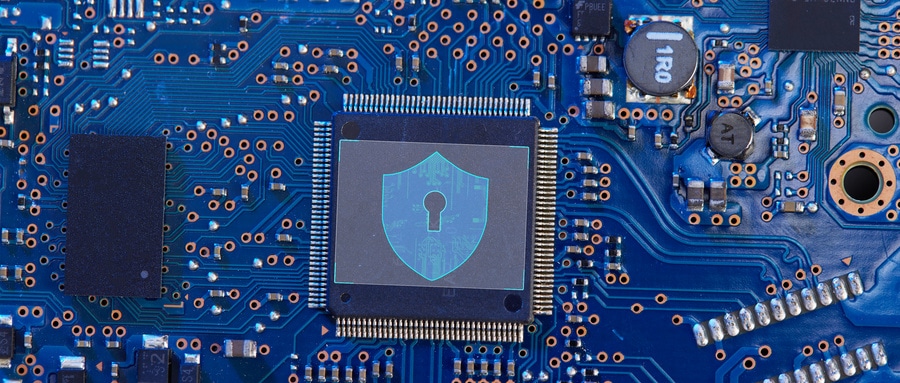LED PCB Design: Illuminating the Possibilities of Efficient and Reliable Lighting Solutions
LED PCBs play an integral part in designing and implementing efficient and reliable LED lighting solutions. We will explore some key considerations, benefits, and techniques involved with creating effective LED PCB designs to unlock their full potential.
Importance of Thermal Management Solutions
- Heat Dissipation: LEDs generate heat while operating, making effective thermal management an essential aspect of their performance and lifespan. Having an effective PCB designed with features for dissipating heat such as thermal vias, copper pours, and heat sinks ensures optimal performance while increasing LED lifespan.
- Material Selection: Select PCB materials with high thermal conductivity, such as metal core PCBs or thermally conductive substrates, in order to efficiently transfer heat away from LEDs and to prevent overheating issues.
- Optimized Layout Design: Arrange LEDs strategically in order to promote effective heat dissipation and avoid excessive thermal buildup. Consider spacing, orientation and grouping as ways of optimizing airflow while decreasing thermal stress.
Optimal Layout Design
- Electrical Considerations: Plan the electrical layout to minimize voltage drop, power loss and current imbalances while adhering to required power ratings and optimizing LED circuit configuration.
- Component Placement: Strategically place components, including LEDs, resistors, and capacitors, so as to minimize trace lengths, decrease signal interference, and optimize electrical performance.
- Signal Integrity: Pay close attention when routing signals so as to maintain signal integrity and reduce crosstalk among traces. Likewise, establish ground planes or pours as appropriate to reduce noise and ensure stable LED operation.
Component Selection
- LED Selection: Select LEDs with specifications such as color, brightness, forward voltage and viewing angle that meet your lighting requirements for optimal results. Take into account factors like efficiency, reliability and compatibility when making this selection.
- Current Regulation: When selecting suitable current-limiting components such as resistors or dedicated LED driver ICs to regulate LED current flow precisely and reliably, such as resistors or dedicated driver ICs for optimal brightness, longevity and reliable performance of LED bulbs, select appropriate current-limiting resistors to maintain constant and stable LED current flow resulting in consistent brightness, lifespan and reliable performance of these lights.
- Protective Components: Integrate protective elements, such as TVS diodes or transient voltage suppressors, into LED systems to protect them against voltage spikes or transient events.
Manufacturing Considerations Details
- PCB Stencil Design: Optimize stencil design to facilitate precise solder paste deposition during assembly and to ensure proper solder joints and consistent LED performance.
- Manufacturing Tolerances: It is important to carefully consider manufacturing tolerances such as copper trace widths, annular ring sizes and pad sizes in order to ensure compatibility with PCB fabrication services of choice.
- Testing and Inspection: Implement thorough testing and inspection procedures, such as visual inspection, functional testing, thermal imaging imaging to detect potential manufacturing defects or electrical issues in products manufactured.

LED PCBs offer many advantages over their analog counterparts, including energy efficiency, longevity and flexibility in lighting design. By prioritizing thermal management, optimal layout design, component selection and manufacturing considerations when developing LED PCBs for various applications – you can craft efficient and reliable lighting solutions. Explore this exciting world of PCB design to illuminate its endless potential!
LED PCB FAQ:
- What is an LED PCB?
An LED PCB is a printed circuit board designed for Light Emitting Diodes (LEDs). These boards are typically used in LED lighting solutions and their unique features include heat dissipation, higher circuit densities, and increased durability. - What’s the significance of heat dissipation in LED PCBs?
LEDs generate heat while in operation and the accumulation of this heat can lower the efficiency and longevity of the LEDs. Therefore, LED PCBs are often made with materials that have high thermal conductivity to dissipate this heat effectively. - What materials are used in manufacturing LED PCBs?
The choice of materials varies depending on the application, but metal core PCBs (MCPCBs) which are typically made of aluminum or copper, are often used for LED applications due to their high thermal conductivity. - What is the role of an LED driver on an LED PCB?
An LED driver serves as a control system, providing a constant power supply to the LEDs. This helps to maintain consistent brightness and prevent flickering or premature failure due to power fluctuations. - Can I design my own LED PCB?
Yes, with the knowledge of PCB design and suitable software tools, you can design your own LED PCB following your specific requirements for size, brightness, color, power supply, and number of LEDs. - What is a multilayer LED PCB?
A multilayer LED PCB is designed with more than two conductive copper layers. This allows for increased circuit densities and additional capacity for power routing for high-power LED applications. - What are common applications for LED PCBs?
LED PCBs find wide applications in several fields, including automotive lighting, emergency lighting systems, street lighting, flashlights, backlighting for screens and displays, and general home and office lighting. - What care should be taken when soldering LEDs to a PCB?
LEDs can be sensitive to heat, so it’s essential to use the correct soldering temperature and not to apply heat for an extended period. Electrostatic discharge can also damage LEDs, so taking necessary ESD precautions is beneficial. - What factors should be considered when designing an LED PCB?
Key considerations include managing heat dissipation, positioning of the LEDs, supply and management of power, choice of PCB materials, and regulatory standards for safety and electromagnetic compatibility. - What are RGB LED PCBs?
RGB (Red, Green, Blue) LED PCBs use a combination of these three color LEDs to produce a wide spectrum of colors. These are commonly used applications like stage lighting, decoration lighting, displays, or anywhere color mixing is required.























